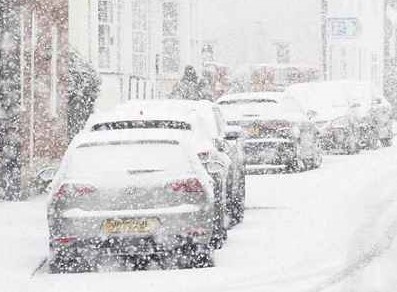Situated in the South Pacific between Papua New Guinea and Vanuatu, the population of about 550,000 is predominantly Melanesian but includes other smaller groups. Exotic local customs and traditions remain a very important part of life for Solomon Islanders.
The Solomon Islands tourism industry registered for the first Quarter 2018 a 29 percent increase of visitor arrivals over the same period in 2017.
What is it about the Solomon Islands. Here is the answer perhaps:
Visit the villages in the outer islands and step back in time. Experience life much as it was a hundred years ago. No electricity, no internet, no running water supply, no shops, few roads. And no noise – except for the sound of the waves!
The Solomon Islands are an archipelago of 992 tropical islands and atolls, scattered in a gentle curve. They comprise two major parallel island chains extending some 1800 kilometers from the Shortland Islands in the west to Tikopia and Anuta in the east.
The islands and waters are still a little known pristine paradise. They are particularly special for their remarkable biodiversity, containing thousands of different plant and animal species, especially the marine life. Many species are known only to the Solomons.
Tourism figures released by the Solomon Islands National Statistics Office (SINSO) this week show international visitation for the increased from 4881 to 6296 with January, February and March all showing positive growth – respectively, plus 33 per cent, plus 13.5 per cent and plus 36.3 per cent.
Australian visitor arrivals continued to dominate, the 2195 figure recorded for Q1 a 17.6 per cent increase over the 1867 result achieved in 2017 and representing 34.8 per cent of all international visitation.
A strong New Zealand result saw arrivals increase from 301 to 356, an 18.3 per cent increase, in the process firmly cementing the country in place as the second largest source of visitation.
Papua New Guinea and the US maintained their third and fourth positions, increasing 39.3 per cent and 35 per cent, respectively.
















